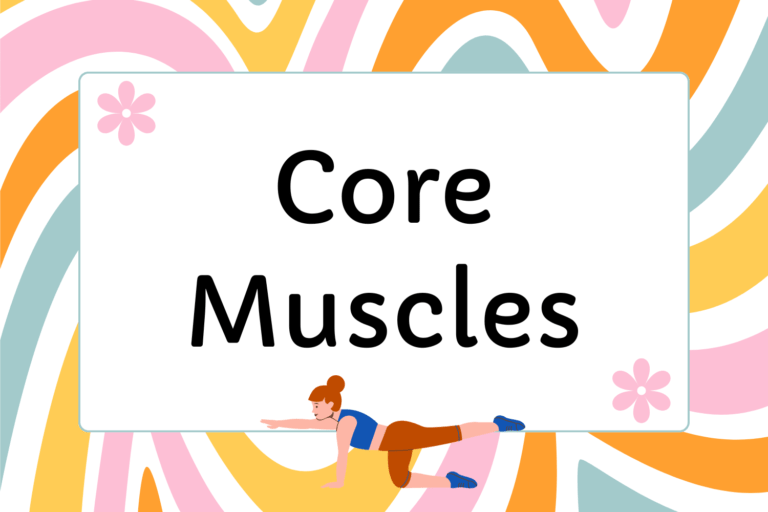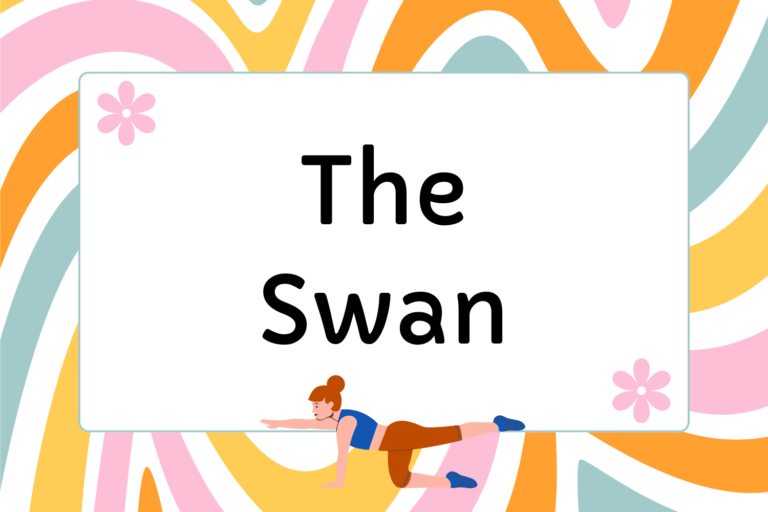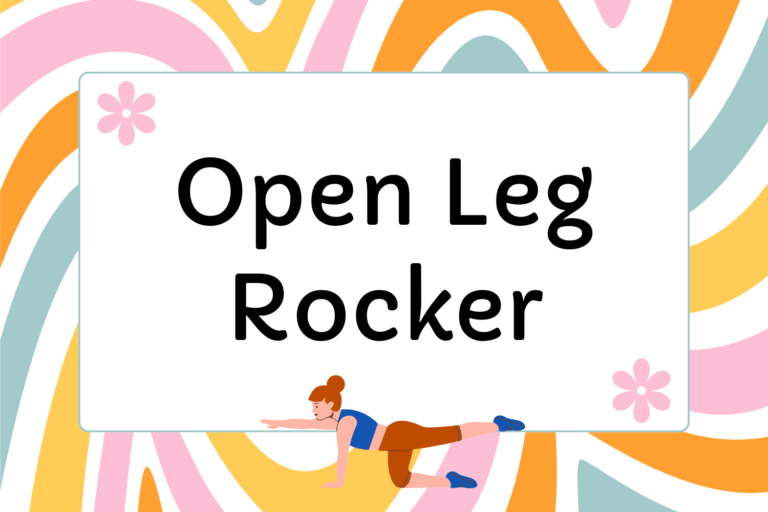The kids were both sick, so you had to stay home and skip your weekly Pilates class; your instructor’s Yorkshire terrier ran away and she had to cancel the session to search for her; or maybe the studio is closed for the winter holidays. Regardless of the circumstances, a missed class is no reason reasons to skip your workout and get out of shape—instead, learn eight basic elements of mat Pilates so you can practice at home.
Never attempt anything you haven’t already tried in class, as without instructor supervision, you may develop bad habits that can lead to injury.
Warm-up
Even if you absolutely hate warming up (and would love to take advantage of not having an instructor forcing you to do so), preparing the body for the workout is an essential part of Pilates. The increased blood flow will make performing the moves easier and help prevent injury—warm muscles are mobile muscles!
There are several ways to warm up—here are some traditional, as well as a few more outside-the-box, techniques:
- Lie down on your back with your legs lifted and do one full set of 100s. This is a classic way to warm up and begin each Pilates class.
- Jog around the house or block for 5-10 minutes. Finish by doing forty jumping jacks.
- Run up and down stairs for a few minutes, until you break into a light sweat.
A Simple Stretch
Before rushing from warm up to core busters, loosen up a little with some simple, gentle stretches. The good thing about working out home is that if you have a notorious trouble spot, you can adjust your stretch time and focus on that specific area.
- Neck stretch: Roll your head slowly for eight counts in one direction, then eight counts in the other.
- Hamstring stretch: Lie on your back and, with one leg straight on the floor, straighten the second leg and hold your thigh, gently pulling the leg closer to you for a gentle, but effective hamstring stretch.
- Hips: Sit upright with your legs straight out in front of you. Then bend your knees in toward your chest and let them fall to the side to gently open your hips.
- Middle and upper back: Stand upright with feet shoulder width apart. Lift one leg, bent at a 90 degree angle, and wrap your hands around the heel. Push the heel against your hands, curving the spine.
- Calves and Achilles: Stand facing a wall arm’s length away and place your hands against it at shoulder level. Step one foot back, pushing the heel down toward the floor.
Start Low
Once you’re warmed up and stretched out, start with a low intensity exercises. These will get the core muscles working, without rushing or exhausting you before the central part of the workout.
Bicycles:
- Start lying down on your back, legs in the air with the knees bent and parallel to the floor, arms straightened up toward the ceiling.
- Inhale. As you exhale, lower and straighten the legs to an angle that is challenging.
- Bring the arms either straight to your sides or clasped behind your head.
- Bend one knee in toward the chest while keeping the other straight off the ground.
- Bend the torso slightly such that the elbow opposite the bent leg crosses over toward it.
- Alternate legs, repeating between thirty and forty times per leg.
Criss-Crosses:
- Start as you would in bicycles and 100s, lying back with the legs bent, knees parallel to the ground, and arms up.
- Exhale and raise the neck and upper back off the ground, scooping the abs, while you lower the legs straight to a challenging angle.
- Round the arms in front of you like you’re holding a beach ball.
- Maintaining this position, twist the spine from side to side.
- Repeat ten to twenty times per side.
Roll Up:
- Start lying on your back, legs straight on the floor with arms at your side.
- Keeping your legs fully on the floor, slowly roll the body up, using the core to stabilize and control the movement, with the arms straightened in front of you.
- Reach all the way to your toes.
- Come all the way up, lower slowly then repeat.
Roll Down:
- Start sitting with your legs straight out in front of you, arms at your sides.
- Inhale. As you exhale scoop the abs, curling down to the floor slowly.
- Move the arms out in front of you.
Hot Tip: Don’t Ease up!
Don’t take too much rest time between exercises. There’s a reason your instructor keeps you moving—if you rest too long, the muscles start to cool down, making it more difficult to move onto the next exercise without injury. Additionally, stopping for too long negates some of the positive effects of Pilates, since the method was developed to strengthen the core through repeated fatigue
Go Medium
After revving up your powerhouse, move onto something a little more challenging, like the open leg rocker. This set of exercises is key to building core strength. Remember to breathe, or else your muscles will be unresponsive to the moves!
Open Leg Rocker:
- Begin sitting up, knees bent and feet about shoulder width apart.
- Grasp your ankles then scoop the abdominals as you straighten the legs to form a V in the air.
- Use your scooped abs to rock back onto your shoulders. Keep them scooped as you roll back up.
- Repeat eight to sixteen times.
Saw:
- Lie down on your back, legs straight and hip width apart.
- Inhale. As you exhale, scoop the abdominals and rise up, twisting the spine to touch one hand to the opposite leg.
- Alternate sides, repeating eight to sixteen times.
Double Leg Kick:
- Start lying face down with the head to one side, hands clasped behind the back, arms straight. Legs are bent behind you.
- Inhale. Exhale in three pulses as you kick both legs upward.
- As you drop the legs down, inhale. Let the momentum and your arms pull your chest up off the ground.
- Repeat eight to ten times.
Full out
Before you start winding down, don’t forget to complete the most difficult exercises of the workout. This is when your muscles are at their warmest and most receptive to the moves. It is important to maintain focus, even though the session is almost over.
Teasers:
- Begin sitting with your weight on your tailbone, legs extended at a challenging angle, abdominals scooped. The chest and spine should form a V with the extended legs, arms straight and slightly up.
- Slowly roll down to your back, lowering your legs at the same time.
- Return to the original position and repeat the exercise.
- Repeat eight to sixteen times.
Neck Pull:
- This is the same exercise as a roll up, only with the hands clasped behind the neck the entire time, which puts more emphasis on the core muscles.
- As you roll up, keep the hands clasped behind the neck. Stay in this position, using only the core muscles (no arms) as you roll back down.
- Repeat eight to ten times.
Scissors:
- Lie on your back, arms at your sides, legs bent with the knees up to the ceiling.
- Place the hands on the lower back, then scoop the abs and straighten the legs as you roll them up, so that your knees touch your face.
- Using the abs to stabilize and holding your lower back, straighten the legs up toward the ceiling.
- From this position, split the legs like scissors, alternating one up and one down. Never lower the bottom leg below the level of the lower back.
- Repeat fifteen to twenty times per leg.
Lengthen
Once you’ve completed the final exercise, stretch it out. Stretching after strengthening promotes muscular length (instead of bulk), which is one of the main goals of a Pilates routine.
Swan:
- Lie on your stomach, face down.
- Place your hands beneath your elbows, arms bent, and push yourself up.
- Lengthen the spine upward, keeping the gaze forward.
Mermaid:
- Sit on one hip with the legs folded to the opposite side.
- Take the arm that is on the same side as your legs and curve it over your head, bringing the rest of the body down on your elbow.
- Arc over, stretching your side.
- Repeat using the opposite arm.
One leg pull:
- Lie on your back with legs straight. Gaze at the ceiling.
- Place your hands around your ankle or calf (never your knee) and gently pull the leg toward your head.
Child’s Pose:
- Lie on your stomach, face down, hands on the floor directly underneath your shoulders.
- Push with your hands, moving your body back to a kneeling position with your head dropped while the hands stay in place.
Fun Fact
Pilates is actually an acronym as well as the surname of its creator: Proximal Integrating Latent Agile Toning Exercise (P.I.L.A.T.E.S.)
Massage Relief
Even with proper technique, the spine can take a bit of a beating during a Pilates workout. If you’re feeling some tightness or soreness, gently knead the muscle with your hands to reduce tension. Or gently perform a few exercises, designed to relax and massage—not fatigue—the powerhouse:
Rolling like a Ball:
- Sit up, legs straight in front of you.
- Bend the legs in, scooping the abdominals and balancing on your tailbone.
- Wrap the arms around the knees.
- Maintaining this position, roll down to your back, then up again, massaging the spine as you move up and down.
Spinal Twist:
- Lie on your back, legs straight out.
- Bend one leg inward, then cross it over the other side.
- Use the same arm as your leg to hold down the bent leg, twisting the spine and shifting the gaze in the opposite direction.
Head rolls:
- This is a great stretch for your neck and spine.
- Sitting upright with the legs folded and hands resting at your sides, roll your head slowly in every direction.
- Count slowly to eight on each side.
Cool Down
At this point, you are probably ready for a good nap or two-liter bottle of water, but first take a minute to cool down.
Sit upright on your mat and close your eyes, taking a few deep breaths, in and out. This simple exercise will help you relax and prepare you to take on the day.
No matter what happens in the studio or at home, you can always continue your Pilates fitness! Always work safely and at your own pace.
Those are our elements for structuring a Pilates workout—what are some of yours?





